If you were asked to name the archetypal features of an African safari, what images would first come to mind? Perhaps you’re picturing vast savannahs right now, dotted with acacia trees. Or, are you sat at your desk hearing the thunderous roar of lions at dusk (you might want to see someone about that)? Perhaps what first comes to mind is the overwhelming spectacle of the great migration of wildebeest and zebras? Well, Tanzania, a land of great contrasts and natural wonder, has it all, and is poised to redefine the quintessential safari experience in 2024.
Tanzania: The Quintessential Safari Destination For 2024
As the world of travel gravitates towards experiences that are not only authentic but also deeply transformative, Tanzania has emerged as the crown jewel of African safaris. It’s a land where the wildlife is as diverse as the landscapes they inhabit, and the cultural tapestry as rich as the history that has shaped it. Far from the one-dimensional game drives, a Tanzanian safari in 2024 promises a sense of variety and spectacle arguably not found in the other heavy hitters of the continent.
With that in mind, here’s why we’re naming Tanzania the IDEAL safari destination for 2024.
Serengeti National Park
The Serengeti is not just a National Park; it’s an icon, a natural phenomenon, and the setting for one of the planet’s most awe-inspiring wildlife events: the Great Migration. This ancient ritual sees millions of wildebeest and zebras traverse the plains in search of fresh grazing, with predators in hot pursuit. It’s a spectacle that is both primal and profoundly moving.
But the Serengeti’s allure doesn’t end with the migration. It’s a year-round theatre of the wild, where each day dawns with the potential for new encounters. The park’s vastness and the variety of its habitats mean that every game drive can yield something unique, from a pride of lions lounging in the golden grass to the elusive leopard draped over the bough of a sausage tree.
Insider tip for visiting the Serengeti: To truly capture the essence of the Serengeti, consider booking a hot air balloon safari. This once-in-a-lifetime experience offers a bird’s-eye view of the sprawling savannah at sunrise, providing a unique perspective on the Great Migration and the park’s diverse wildlife. For the best experience, plan your visit during the dry season from June to October, when animals are easier to spot.

Ngorongoro Crater
The Ngorongoro Crater, often referred to as ‘Africa’s Eden’, is a microcosm of the continent’s wildlife. This UNESCO World Heritage Site is the world’s largest intact volcanic caldera and serves as a natural enclosure for an incredible variety of animals. It’s one of the few places on earth where you can spot the Big Five in a single morning.
Descending into the crater is like entering a lost world, with herds of buffalo moving like dark clouds across the crater floor, and flamingos painting the soda lakes pink. The highlands that surround the crater are home to the Maasai people, whose pastoral way of life has remained largely unchanged for centuries, adding a rich cultural dimension to the wildlife spectacle.
Insider tip for visiting the Ngorongoro Crater: The Ngorongoro Crater can get quite busy, with many vehicles arriving at the same time. To avoid the crowds, aim to enter the crater as early as possible. The early morning light is not only magical for photography but also increases your chances of spotting nocturnal predators before they retreat from the day’s heat.
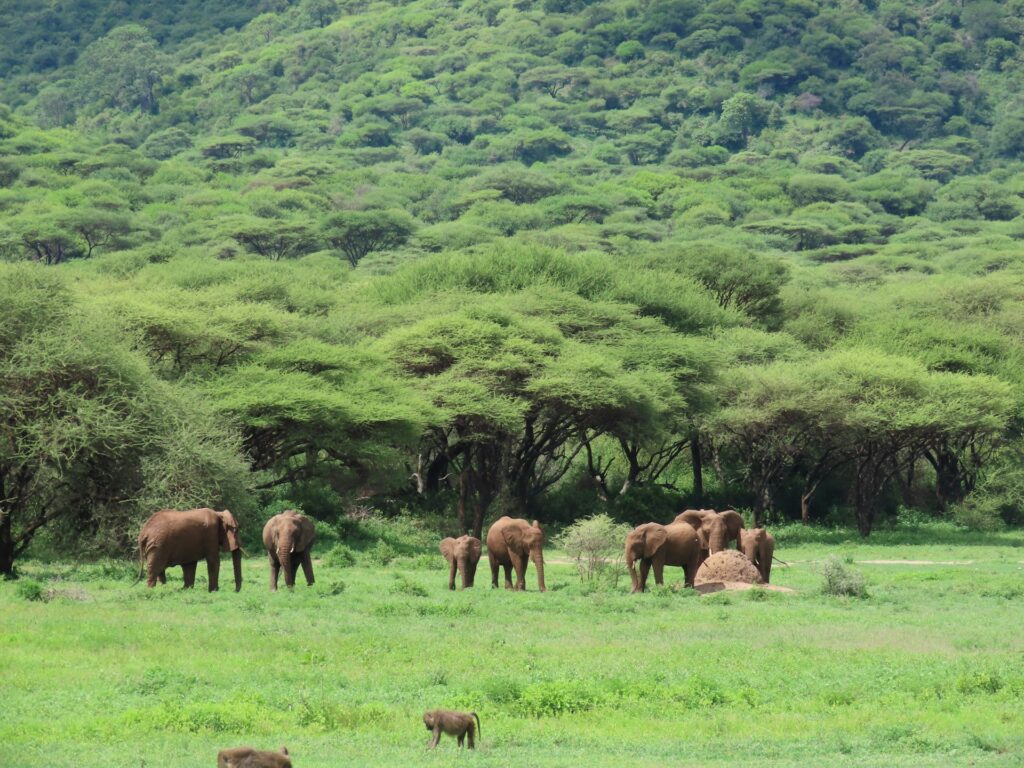
Selous Game Reserve
The Selous Game Reserve is where the wild things are. It’s Africa’s largest game reserve and a place where you can experience safari by boat along the mighty Rufiji River. Picture this: elephants bathing in the shallows, crocodiles sunning on the banks, and hippos jostling for space in the water. It’s a scene straight out of an explorer’s journal.
The reserve’s relative remoteness means that it’s less frequented by tourists, offering a more exclusive and intimate encounter with nature. The Selous is also a stronghold for the endangered African wild dog, and sightings of these enigmatic creatures are a highlight for any wildlife enthusiast.
Insider tip for visiting the Selous Game Reserve: Take advantage of the Selous’ waterways by embarking on a boat safari. It’s a less conventional way to witness wildlife and offers a peaceful alternative to the game drives. For anglers, there’s the added thrill of catch-and-release fishing, with the possibility of hooking a tigerfish or catfish.
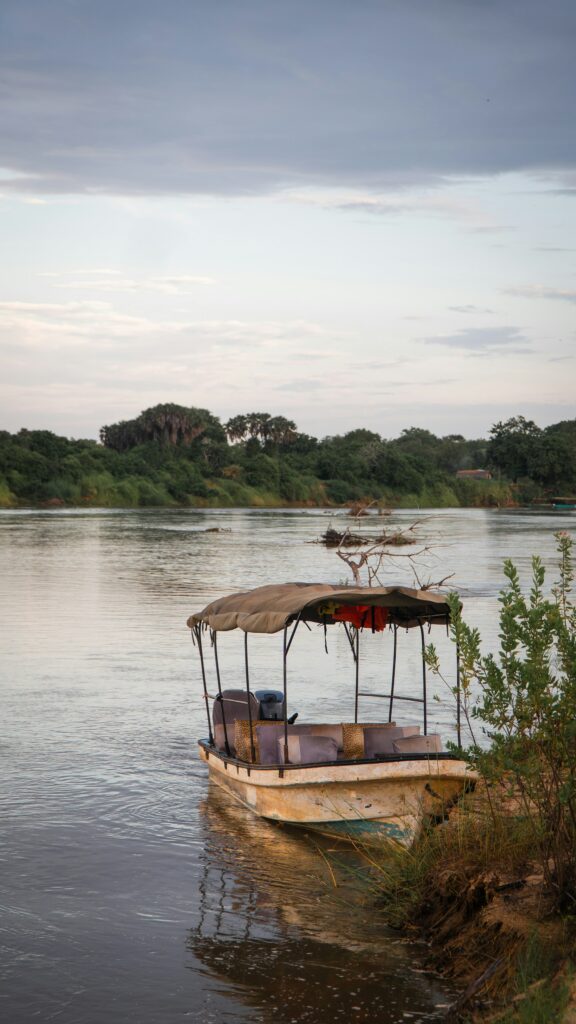
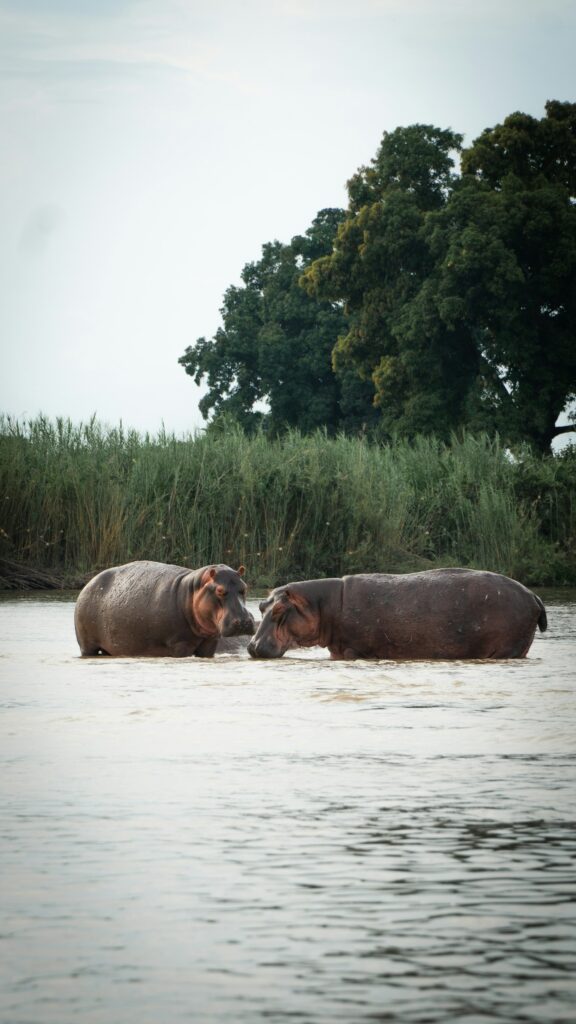
Zanzibar Archipelago
No Tanzanian safari is complete without a sojourn to the spice-scented isles of the Zanzibar Archipelago. After the dust and excitement of the mainland’s game parks, the white sands and turquoise waters of Zanzibar provide a blissful reprieve.
Zanzibar is not just a beach destination; it’s a cultural crossroads, where Swahili, Arab, Indian, and European influences converge. The Stone Town, with its labyrinthine alleys and carved doors, is a treasure trove of history. And beyond the town, the islands offer world-class diving, spice tours, and the chance to dine on some of the freshest seafood imaginable.
Insider tip for visiting the Zanzibar Archipelago: While the beaches are undoubtedly stunning, make time to explore the Jozani Chwaka Bay National Park, home to the rare red colobus monkey. Visit during the early morning when the forest is alive with activity. Also, consider a spice farm tour to learn about the island’s Spice Trade history and to sample fresh spices and fruits, as well as a diverse range of Tanzanian delicacies.

Tarangire National Park
Often overshadowed by its more famous neighbours, Tarangire National Park is a hidden gem that comes into its own during the dry season. It’s a time when elephant herds congregate along the Tarangire River, and the park becomes a wildlife hotspot.
Tarangire is also renowned for its ancient baobab trees, which stand like sentinels over the landscape. These trees, some of which are over a thousand years old, are a testament to the timelessness of the Tanzanian wilderness.
Insider tip for visiting the Tarangire National Park: Tarangire is famous for its elephant population. For an unforgettable experience, book accommodation at one of the park’s tented camps. Staying within the park boundaries allows for early starts and late finishes on your game drives, meaning you can enjoy wildlife sightings in the golden hours of dawn and dusk when animals are most active.
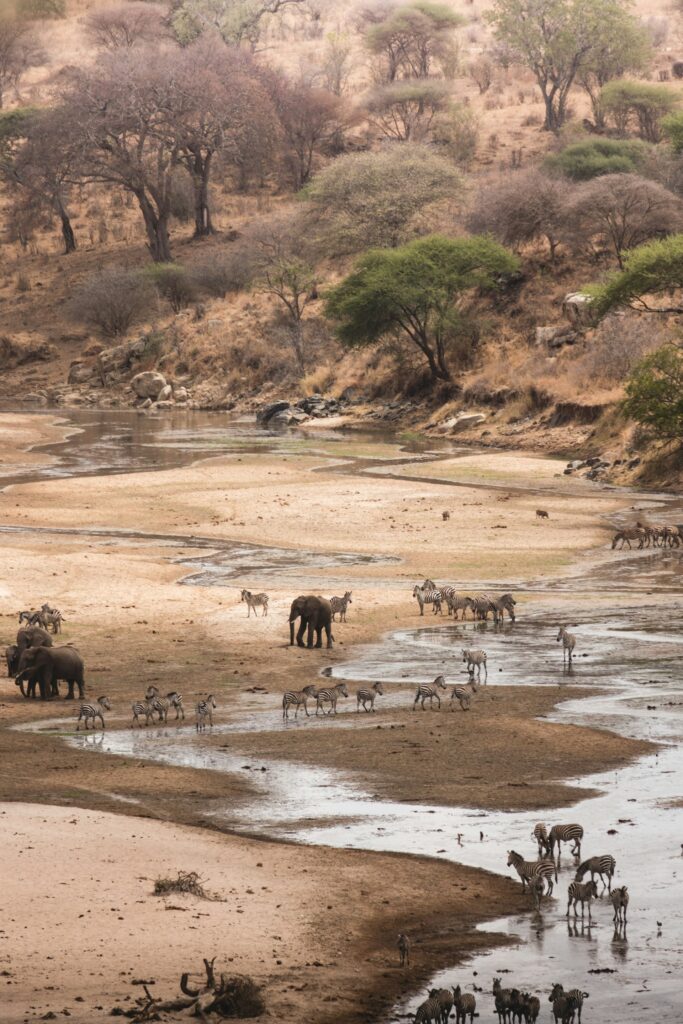
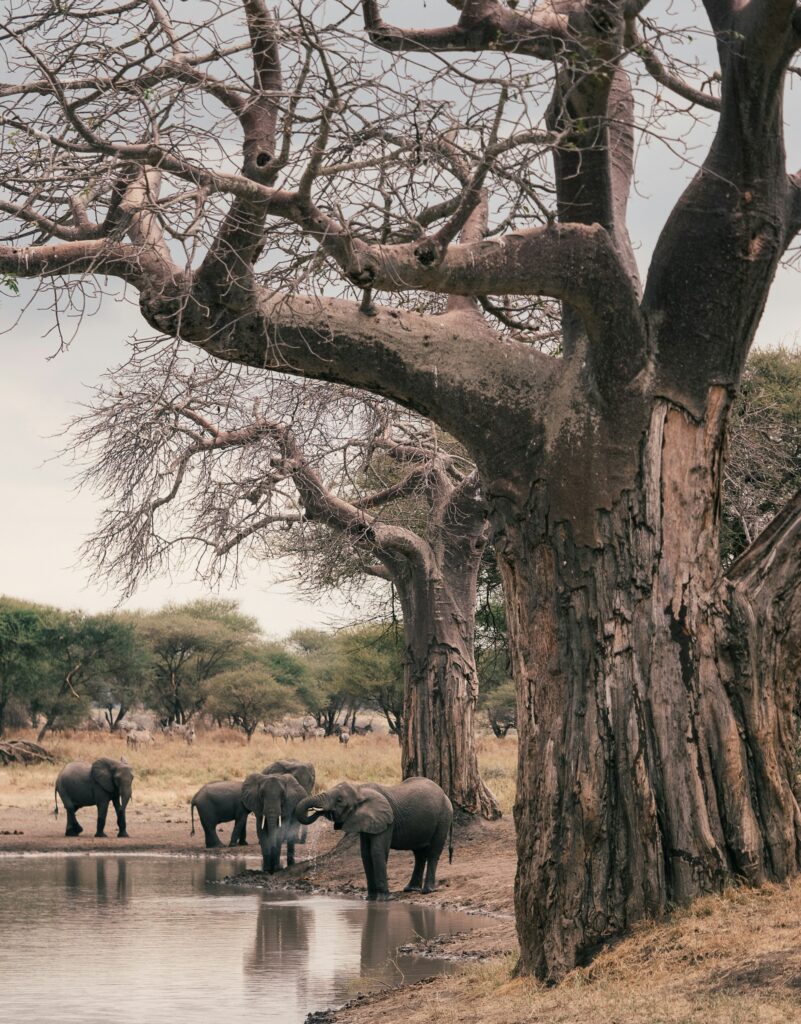
Getting To Tanzania From The UK
Direct flights from London to Dar es Salaam, the bustling metropolis that serves as a gateway to Tanzania, are available, whisking travellers to the heart of the safari landscape in under 10 hours. For those looking to begin their adventure in the northern circuit, including the Serengeti and Ngorongoro Crater, Kilimanjaro International Airport is the most convenient landing spot, with one-stop connections commonly routed through European or Middle Eastern hubs.
Upon arrival, internal flights can transport you to various national parks and game reserves, or you can opt for the scenic route with chartered flights or guided drives through the Tanzanian landscape. The latter not only offers a chance to witness the country’s diverse scenery but also provides opportunities for cultural encounters along the way.
For the Zanzibar Archipelago, direct flights from Dar es Salaam are frequent and short, making the transition from safari to beach a seamless experience. Alternatively, a ferry from the mainland can offer a more leisurely passage to the islands.
The Bottom Line
Tanzania’s appeal as a safari destination lies in its diversity. Each park and reserve is a chapter in a grander narrative that speaks of the majesty and mystery of the wild. The country’s landscapes serve as a canvas, upon which a rich tapestry of wildlife and human cultures are interwoven.
In 2024, Tanzania stands as a beacon for the evolution of the safari, where the journey is not just about the wildlife spotted but the memories forged and the hearts touched. It’s a place where the spirit of adventure is matched only by the warmth of its people, and the promise of discovery is as endless as the African sky.





